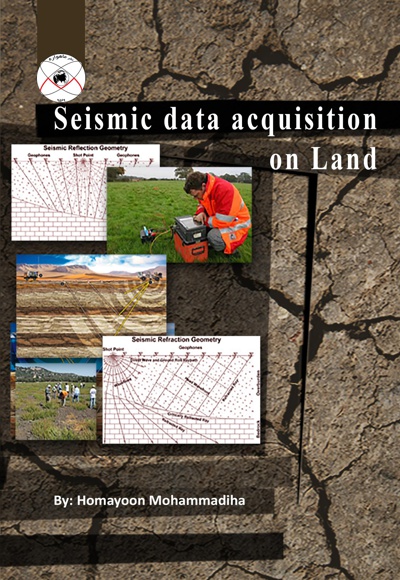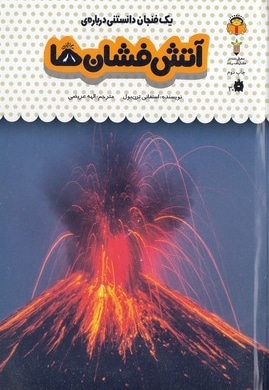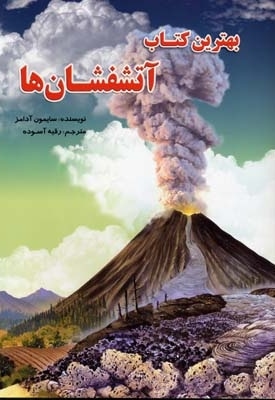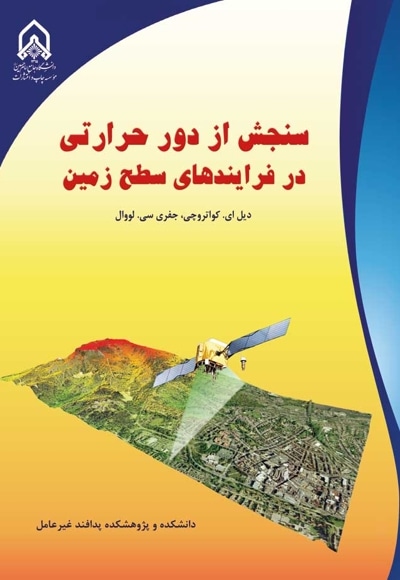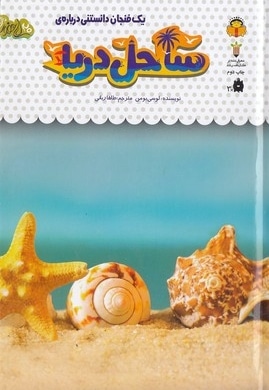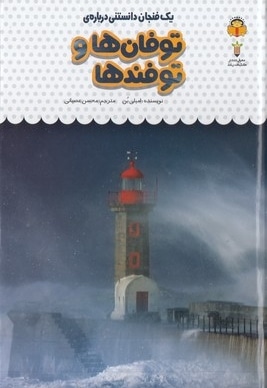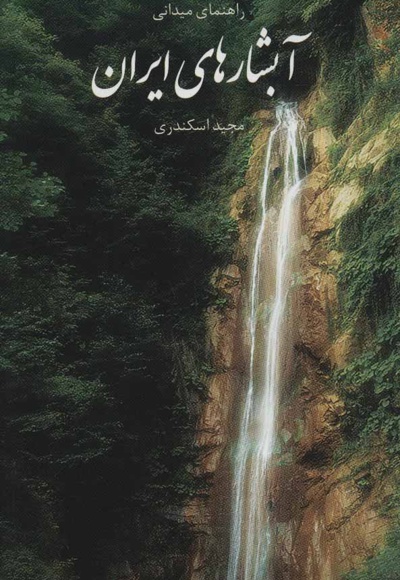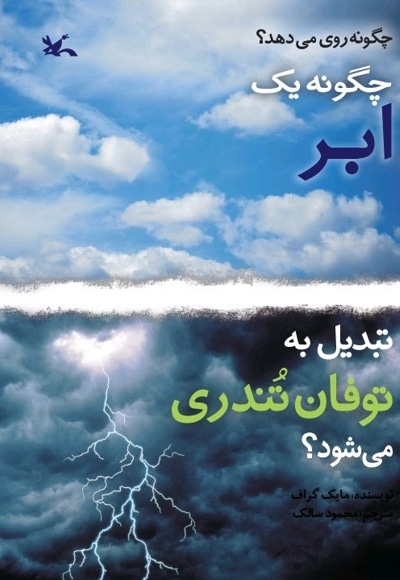کتاب Seismic data acquisition on land pdf
نگاهی به برداشت دادههای لرزهای در خشکی
امتیاز
5
/
0.0
نصب فراکتاب
مطالعه در کتابخوان
4,000
نظر شما چیست؟
کتاب Seismic data acquisition on land (نگاهی به برداشت داده های لرزه ای در خشکی) به قلم همایون محمدی ها، تاریخچه کشف لرزه نگاری، روش لرزه ای مستقیم و دیگر مباحث مرتبط در این حوزه را مورد مطالعه قرار داده و در نهایت داده های لرزه ای در خشکی را بررسی می کند.
برداشت های ژئوفیزیکی به منظور تعیین محل، شکل و اندازه ی ساختارها یا اجسام زمین شناختی زیرزمینی صورت می گیرد. کاربرد اصلی روش های لرزه ای در اکتشاف نفت و گاز بوده اما همچنین در اکتشافات آب زیرزمینی و پروژه های عمرانی بزرگ در تعیین پی سنگ های سازه های مهم نیز استفاده می شود.
با اینکه فعالیت های بسیاری در زمینه دستیابی به منابع انرژی غیر نفتی صورت می گیرد اما با این حال به نظر می رسد که تا قرن آینده نیز بخش اعظم انرژی مصرفی بشر مواد هیدروکربنی خواهد بود.
در بخشی از کتاب Seismic data acquisition on land می خوانیم:
The first seismoscope was made to record earthquakes in ancient China at the second century (In AD 132). Although, the first fairly modern seismometer was invented by Europeans at 19 centuries. Robert Mallet used explosives for own seismology studies and these studies can be considered as a main fundamental step to evolve this technique like the fascinating Knott's equations at 1899 about reflected and refracted waves generated at non-normal incidence upon an interface.
Along the First World War, armies utilized similar these techniques to find out the positions of artilleries basis Artillery sound ranging method which it was based on the sound sources in the air or on the ground or below water surface.
After the First World War, the using of human-generated seismic waves was growing to map in detail the geological structures inside the ground and it was using in petroleum explorations. Ludger Mintrop applied a patent of seismic refraction method in 1919 and it was used to detect oil sources in the USA in 1924. In fact, Orchard salt dome in Texas was found out by this method at this year. Along this time, Reginald Fessenden could use reflected seismic waves to map of inside the ground.
برداشت های ژئوفیزیکی به منظور تعیین محل، شکل و اندازه ی ساختارها یا اجسام زمین شناختی زیرزمینی صورت می گیرد. کاربرد اصلی روش های لرزه ای در اکتشاف نفت و گاز بوده اما همچنین در اکتشافات آب زیرزمینی و پروژه های عمرانی بزرگ در تعیین پی سنگ های سازه های مهم نیز استفاده می شود.
با اینکه فعالیت های بسیاری در زمینه دستیابی به منابع انرژی غیر نفتی صورت می گیرد اما با این حال به نظر می رسد که تا قرن آینده نیز بخش اعظم انرژی مصرفی بشر مواد هیدروکربنی خواهد بود.
در بخشی از کتاب Seismic data acquisition on land می خوانیم:
The first seismoscope was made to record earthquakes in ancient China at the second century (In AD 132). Although, the first fairly modern seismometer was invented by Europeans at 19 centuries. Robert Mallet used explosives for own seismology studies and these studies can be considered as a main fundamental step to evolve this technique like the fascinating Knott's equations at 1899 about reflected and refracted waves generated at non-normal incidence upon an interface.
Along the First World War, armies utilized similar these techniques to find out the positions of artilleries basis Artillery sound ranging method which it was based on the sound sources in the air or on the ground or below water surface.
After the First World War, the using of human-generated seismic waves was growing to map in detail the geological structures inside the ground and it was using in petroleum explorations. Ludger Mintrop applied a patent of seismic refraction method in 1919 and it was used to detect oil sources in the USA in 1924. In fact, Orchard salt dome in Texas was found out by this method at this year. Along this time, Reginald Fessenden could use reflected seismic waves to map of inside the ground.
شابک :
978-600-459-676-3
سال نشر :
1398
صفحات کتاب :
78
کنگره :
QE541
دیویی :
551/22
کتابشناسی ملی :
5917821


